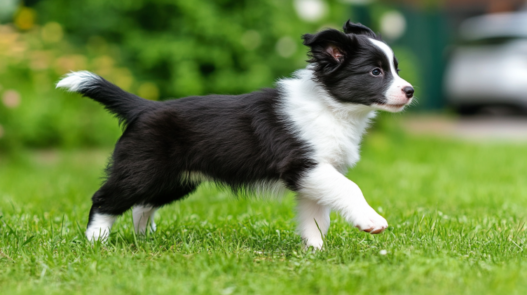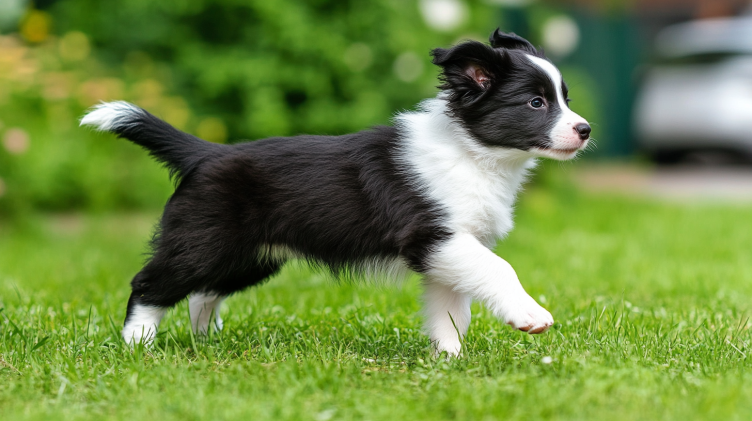Have you ever noticed your dog walking or running with its body slightly tilted, as if its front legs can’t keep up with the back legs, causing the rear end to swerve slightly outward? If this happens with your dog, it might just look odd but isn’t necessarily a cause for concern. But what happens when your dog’s gait seems truly strange? Is there a structural issue? Are they lacking coordination? Fortunately, in most cases, this sideways movement isn’t as weird as it looks.
The American Kennel Club defines “side-stepping” as “when a dog’s body is at a certain angle to the path they are walking or running.” In other words, it refers to the dog slightly turning its body as it moves forward. This behavior is also known as “crab-walking” in some circles.

There are several reasons why dogs move at an angle, but often, it’s simply a quirky habit. Let’s look into the common reasons why dogs “side-step.”
1. It’s Just Who They Are
This might sound a bit dismissive, but it’s true. Just like how humans have unique walking styles, dogs also have their own distinctive ways of walking. Have you ever noticed someone walking with their toes pointed out or with a wide arm swing? Dogs have unique walking features just like people do. In most cases, there’s nothing to worry about; it’s just part of who they are.

2. Their Bodies Are Still Growing
Some puppies walk sideways because their bodies haven’t finished developing. As puppies grow, their legs become longer, but this doesn’t always happen at the same rate. The coordination of their legs might still be a bit off.
Think about how dogs walk: when the left front leg moves forward, the right rear leg moves at the same time. When the right front leg moves forward, the left rear leg follows suit. This movement helps dogs stay balanced. But when puppies’ legs are still growing, their back feet may step on the front ones. For example, the left rear foot may step on the left front foot.
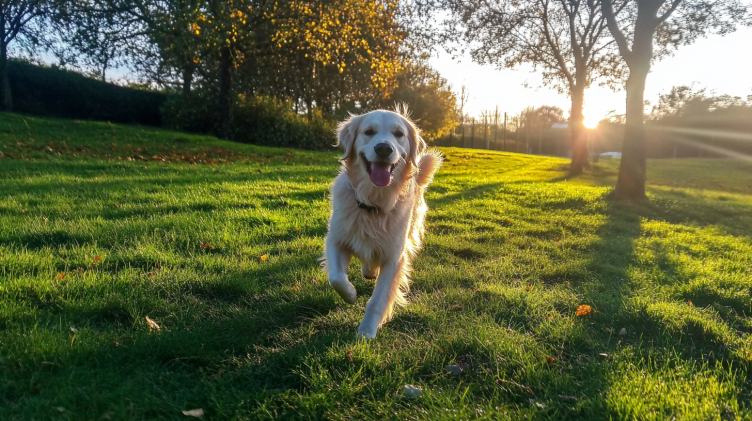
To prevent tripping, puppies often adjust by stepping sideways with their back legs. This behavior usually disappears as they grow, and their bodies catch up to each other. However, in some breeds, this quirk may persist. Breeds that are known for this include:
3. They Have a Dominant Leg
Just like humans have a dominant hand or leg, dogs also have a dominant side. Since their four limbs work together, this dominance sometimes shows up more noticeably.
When the dominant leg causes side-stepping, it usually occurs when the dog is running or trotting. If one of their rear legs is dominant, it might push off the ground harder than the other leg, causing the dog to veer towards the center of its body. This happens because the dominant leg is exerting more force, making the dog swerve as it moves forward. When the dog slows down, the gait typically normalizes.
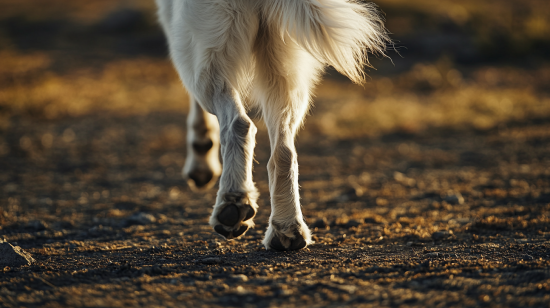
Most of the time, side-stepping is no big deal. It could be due to dominance or growth. However, there are other factors to consider, such as:
- Nutritional Deficiencies
- Structural Imbalances
- Orthopedic Problems
- Neurological Disorders
- Anal Gland Issues
There are many possible reasons, and ultimately, dogs do odd things when their bodies are trying to compensate for something or find relief. It’s not always easy to pinpoint the cause without professional help.
What Should You Do?
If you notice that your dog’s side-stepping becomes sudden or worsens, it’s important to take them to the vet for an evaluation. Sometimes, this quirky behavior could be a sign of an underlying health issue. It’s always better to be safe than sorry when it comes to your pet’s well-being.
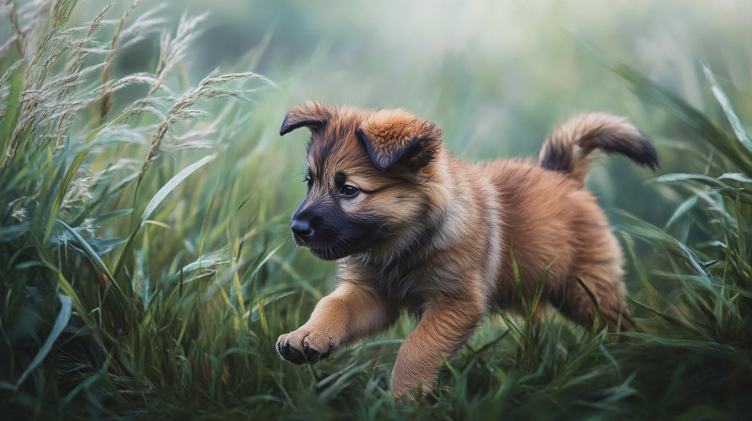
Conclusion
Dogs walking sideways may seem strange, but it’s usually a harmless quirk, whether it’s due to their unique walk, developmental stages, or a dominant leg taking control. However, if there are any sudden changes in their gait or if they show other concerning symptoms, it’s a good idea to consult a vet. Taking early action ensures your furry friend stays happy and healthy!







